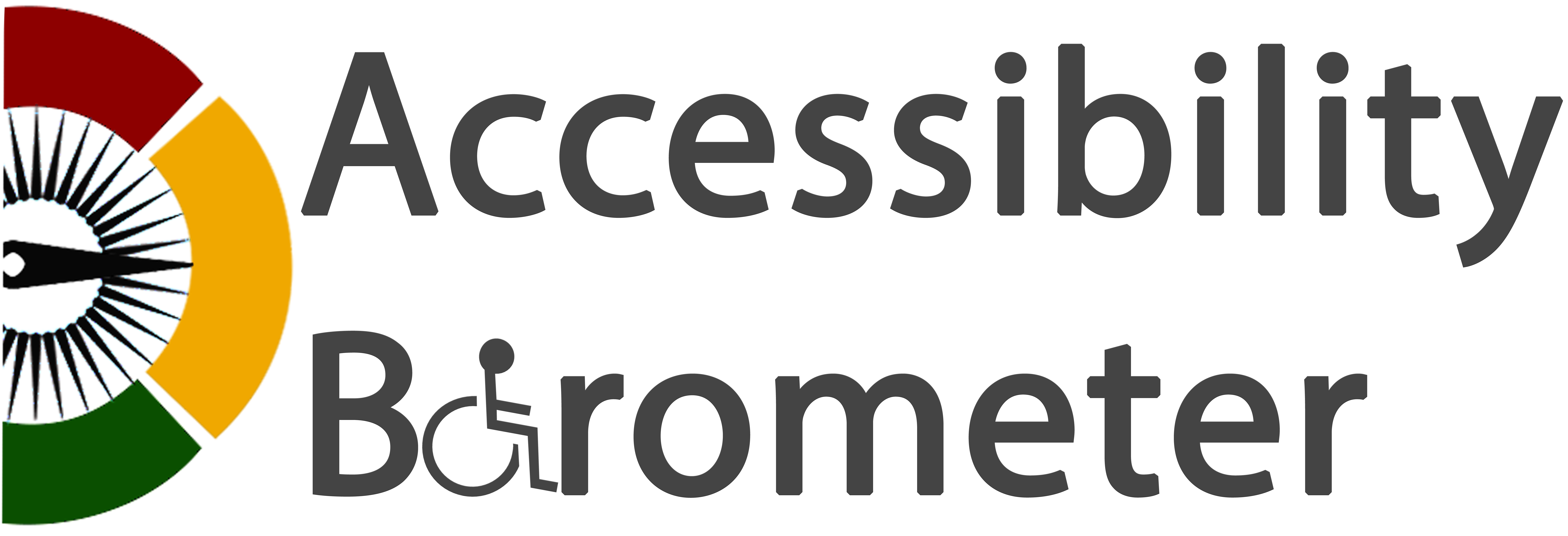Contents Introduction Color blindness—more accurately called color vision deficiency (CVD)—is the decreased ability to see or distinguish certain colors .It affects approximately 1 in 12 men (8%) and 1 in 200 women worldwide , underscoring the need for accessibility solutions.…
Assistive Technologies for Cognitive Disabilities
Contents Why is it important? Cognitive disabilities affect memory, attention, problem-solving, and communication skills, impacting an individual’s ability to navigate daily life. Assistive technologies (AT) provide essential support by improving organization, communication, learning, and independence. From simple tools to AI-powered…
Assistive Technologies for People with Speech Impairments
Table of Contents Why is it important? Speech impairments can vary greatly—from difficulty articulating certain words to being unable to speak at all. These technologies range from simple, non-electronic aids to advanced software applications, all designed to facilitate effective interaction.…
Assistive Technologies for Mobility and Dexterity Impairments
Contents Mobility and dexterity impairments affect a person’s ability to move freely and perform daily tasks, often requiring assistive technologies (AT) to enhance independence and accessibility. From simple tools to advanced robotic solutions, AT plays a vital role in improving…
Assistive Technologies for Hearing Loss and Hearing Impairments
Contents Understanding Hearing Loss Hearing impairments vary in severity and type, leading to different accessibility needs. The main categories include: Assistive technologies (AT) help address these challenges by amplifying sounds, converting speech to text, or facilitating alternative communication methods. Low-Tech…
Assistive Technologies for Individuals with Low Vision
Contents Why is it important? Millions of people worldwide experience low vision, a condition that significantly impairs their ability to read, recognize faces, or navigate their surroundings. While complete blindness requires specific assistive technologies, individuals with low vision benefit from…
Assistive Technologies for Blind Individuals
Contents Understanding Blindness Blindness presents unique challenges in communication, mobility, and digital accessibility. However, technological advancements continue to provide innovative solutions that enhance independence and improve quality of life. Assistive technologies (AT) for blind individuals range from tactile tools to…
What are Assistive Technologies?
Contents Assistive technologies (AT) are devices, systems, or software designed to help individuals with disabilities perform functions that might otherwise be difficult or impossible. These technologies can include a wide range of tools such as mobility aids like wheelchairs and…
